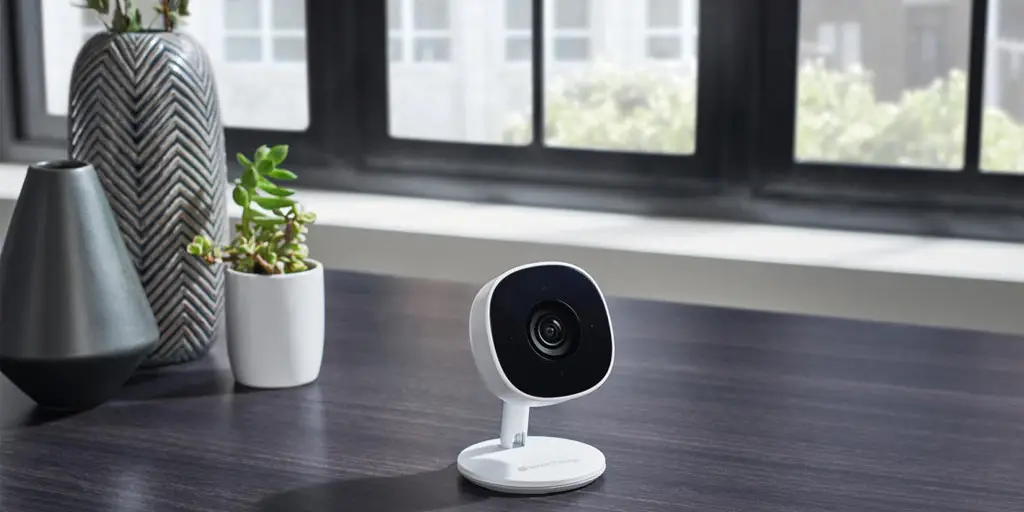

Home automation also helps consumers improve efficiency. For example, user's can program their garage door to open, the lights to go on, the fireplace to turn on and their favorite tunes to play upon their arrival. Smart homes can accommodate user preferences for convenience. One of the most touted benefits of home automation is providing peace of mind to homeowners, allowing them to monitor their homes remotely, countering dangers such as a forgotten coffee maker left on or a front door left unlocked.ĭomotics are also beneficial for the elderly, providing monitoring that can help seniors to remain at home comfortably and safely, rather than moving to a nursing home or requiring 24/7 home care. Household system monitors may, for example, sense an electric surge and turn off appliances or sense water failures or freezing pipes and turn off the water so the basement doesn't flood, for example.Kitchen appliances of all sorts are available, including smart coffee makers that can brew a fresh cup automatically at a programmed time smart refrigerators that keep track of expiration dates, make shopping lists or even create recipes based on ingredients currently on hand slower cookers and toasters and, in the laundry room, washing machines and dryers.Houseplants and lawns can be watered by way of connected timers. Pet care can be automated with connected feeders.Smart motion sensors are also able to identify the difference between residents, visitors, pets and burglars, and can notify authorities if suspicious behavior is detected. With smart security cameras, residents can monitor their homes when they are away or on vacation.Smart locks can also detect when residents are near and unlock the doors for them. Using smart locks and garage-door openers, users can grant or deny access to visitors.Smart thermostats can also report energy use and remind users to change filters, among other things. These devices also learn homeowners' behaviors and automatically modify settings to provide residents with maximum comfort and efficiency. Smart thermostats, such as Nest from Nest Labs Inc., come with integrated Wi-Fi, allowing users to schedule, monitor and remotely control home temperatures.Smart lightbulbs can also regulate themselves based on daylight availability. In addition to being able to be controlled remotely and customized, smart lighting systems, such as Hue from Philips Lighting Holding B.V., can detect when occupants are in the room and adjust lighting as needed.Some smart TVs also include voice or gesture recognition.

Smart TVs connect to the internet to access content through applications, such as on-demand video and music.Nearly every aspect of life where technology has entered the domestic space (lightbulbs, dishwashers and so on) has seen the introduction of a smart home alternative: A part of the internet of things (IoT), smart home systems and devices often operate together, sharing consumer usage data among themselves and automating actions based on the homeowners' preferences. Smart home technology, also often referred to as home automation or domotics (from the Latin "domus" meaning home), provides homeowners security, comfort, convenience and energy efficiency by allowing them to control smart devices, often by a smart home app on their smartphone or other networked device. A smart home is a residence that uses internet-connected devices to enable the remote monitoring and management of appliances and systems, such as lighting and heating.


 0 kommentar(er)
0 kommentar(er)
